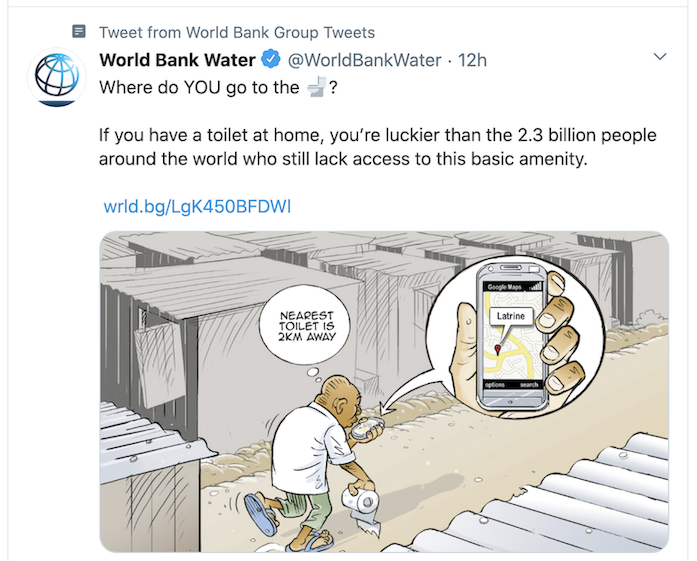One of the biggest mistakes of my consulting career is this:
I didn’t charge more for my services in my first years of consulting. Sometimes, I didn’t charge at all.
I charged very little for my consulting and contract work when I was younger because I was trying to prove myself, and thought that the “exposure” would lead to more high-paid gigs.
As years passed, nonprofits, including several very large ones that paid their executive directors in the triple digits, would tell me how strapped for cash they were, how it was impossible for them to pay me anything but an honorarium (which they often noted many past consultants donated back to the nonprofit), if they paid anything at all. And I believed them. Then I would find out that they paid another consultant, someone from the corporate sector – and, often, a man – much more than me.
I was an employee for a nonprofit a few years back, and I spent a weekend – hours and hours – editing videos from various events into videos that showed how great a particular program of the nonprofit was. To this day, I think they are some of my best work. Later, I found videos from years before that a private consultant had done, and they were largely unusable: the sound was horrible and they weren’t edited at all. And I found out that, for the same amount of work that I had done, he’d been paid thousands of dollars.
By not charging what I should have, I devalued my work. I reinforced the idea that nonprofit employees and consultants don’t deserve competitive wages, because our work isn’t as important or as worthwhile as work in the corporate world. I contributed to a negative stereotype that affects professionals to this day.
If you are a consultant in the nonprofit world, or looking for contract work, here is my advice: don’t give nonprofits a special rate that devalues your services. Find out what people that do that kind of work charge in the for-profit or corporate world, and if you want, knock 10% off of it for nonprofits, but don’t offer deep discounts to nonprofits, especially those that have paid staff. And remember to charge for ALL of your time, including travel time and preparation time!
Nonprofits, if you need consultant or contract help, write a funding proposal for such and talk to your corporate donors. Remind them that nonprofit staff do not get discounts on their home mortgages or rent, their health care, their child care, their children’s university educations, gas for their car, etc. Remind them that if they want nonprofits to behave more like businesses, it means paying competitive wages.

If you have benefited from this blog, my other blogs, or other parts of my web site and would like to support the time that went into researching information, developing material, preparing articles, updating pages, etc. (I receive no funding for this work), here is how you can help.








 Corporate social responsibility (CSR) means financial donations by for-profit businesses, as well as in-kind donations, employee volunteering or taking on community roles as a representative of a company, such as serving on an advisory board at a nonprofit or government group. CSR also includes commitments and demonstrated action regarding responsible or sustainable environmental practices, pay equality, safe working environments, etc., beyond what is required by law.
Corporate social responsibility (CSR) means financial donations by for-profit businesses, as well as in-kind donations, employee volunteering or taking on community roles as a representative of a company, such as serving on an advisory board at a nonprofit or government group. CSR also includes commitments and demonstrated action regarding responsible or sustainable environmental practices, pay equality, safe working environments, etc., beyond what is required by law.